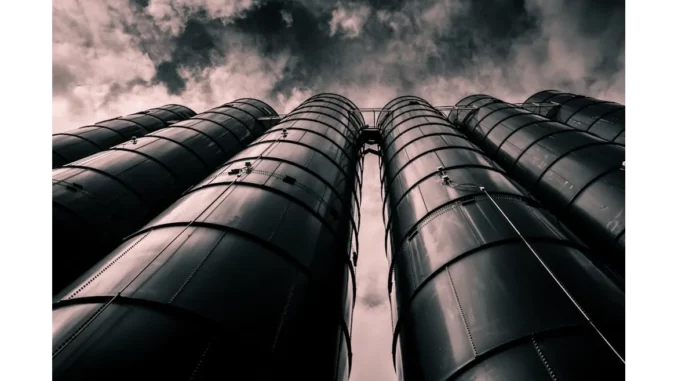
Summary
Trina Storage and TÜV NORD Unveil White Paper on Energy Storage Safety
In a significant move towards enhancing safety and reliability in the energy storage sector, Trina Storage, in collaboration with TÜV NORD, has released a comprehensive white paper addressing critical safety issues and emerging market trends. Emily Carter, an engineer at Trina Storage, explains how this document not only tackles current challenges but also aims to shape the future of energy storage solutions. “The global demand for energy storage systems is surging, and ensuring their safety and reliability is a shared responsibility,” Carter remarked.
Main Article
The Energy Storage Landscape
The white paper emerges at a pivotal moment for the energy storage industry, which is witnessing rapid evolution driven by increasing demand for renewable energy solutions. This growth presents new application scenarios across the generation, transmission, and demand sides, but it also introduces significant safety challenges. “Our sector is evolving quickly,” Carter pointed out. “With this evolution comes the need to address new safety concerns that accompany these innovations.”
Addressing Thermal Runaway
At the heart of the white paper is the issue of thermal runaway, a critical concern in energy storage systems. Thermal runaway refers to a situation where an increase in temperature causes further increases in temperature, potentially leading to catastrophic system failures. “Understanding and mitigating thermal runaway is vital,” Carter explained. “Our research focuses on creating a framework for risk assessment and mitigation, essential for safe operations.”
Product Safety and Quality Control
Product safety forms the bedrock of reliable energy storage systems. “The safety of the entire system relies on the safety of its components,” Carter noted. This involves delving into the electrochemical development of batteries and analysing failure mechanisms to design cells capable of withstanding extreme mechanical, electrical, and thermal stresses.
Trina Storage employs rigorous safety testing protocols, adhering to standards such as GB/T 36276, UL 1973, IEC 62619, and UL 9540A. These standards ensure stability and reliability under diverse conditions. Additionally, electrical, structural, thermal management, and fire protection designs are integral to system safety.
Quality control is another cornerstone of reliability. “A comprehensive quality management system is crucial,” Carter emphasised. This system spans from R&D through production to after-sale support, maintaining strict process controls to uphold quality standards and promptly address operational issues.
The Role of Testing and Validation
The white paper highlights the importance of rigorous testing and validation processes in ensuring safety and reliability. “Testing allows us to identify potential risks and implement effective mitigation strategies,” Carter explained. Third-party validation further enhances safety, providing critical data for performance verification and continuous improvement.
Collaborative Efforts for a Safer Future
The partnership between Trina Storage and TÜV NORD underscores the significance of collaborative efforts in advancing safety standards within the industry. Through this collaboration, Trina Storage continues to pave the way towards a safer and more sustainable energy future. “We hope this white paper encourages all industry players to join us in raising the standards for energy storage safety,” Carter said.
Detailed Analysis
The release of the white paper aligns with broader trends in the energy sector, particularly the push towards renewable energy sources and the need for efficient storage solutions. As countries strive to meet climate goals, the demand for reliable and safe energy storage systems is increasing. This document provides critical insights into addressing safety concerns, which are paramount as the industry expands.
The focus on thermal runaway and rigorous testing protocols reflects a growing awareness of the potential risks associated with energy storage systems. By establishing a framework for risk assessment and mitigation, Trina Storage is contributing to the development of industry-wide standards that can enhance safety across the board.
Furthermore, the emphasis on quality control and third-party validation highlights the industry’s shift towards transparency and accountability. These measures not only ensure product reliability but also build trust among stakeholders and consumers.
Further Development
As the energy storage industry continues to evolve, further developments in safety standards and protocols are anticipated. The white paper by Trina Storage and TÜV NORD is likely to influence future industry guidelines and best practices. Readers can expect ongoing coverage of how these standards are implemented and their impact on the market.
Moreover, Trina Storage’s commitment to innovation and safety sets a precedent for other industry players. Future articles will delve into how companies are adopting these standards and the role of new technologies in enhancing energy storage safety. Stay tuned for more in-depth analysis and updates as the story unfolds.

